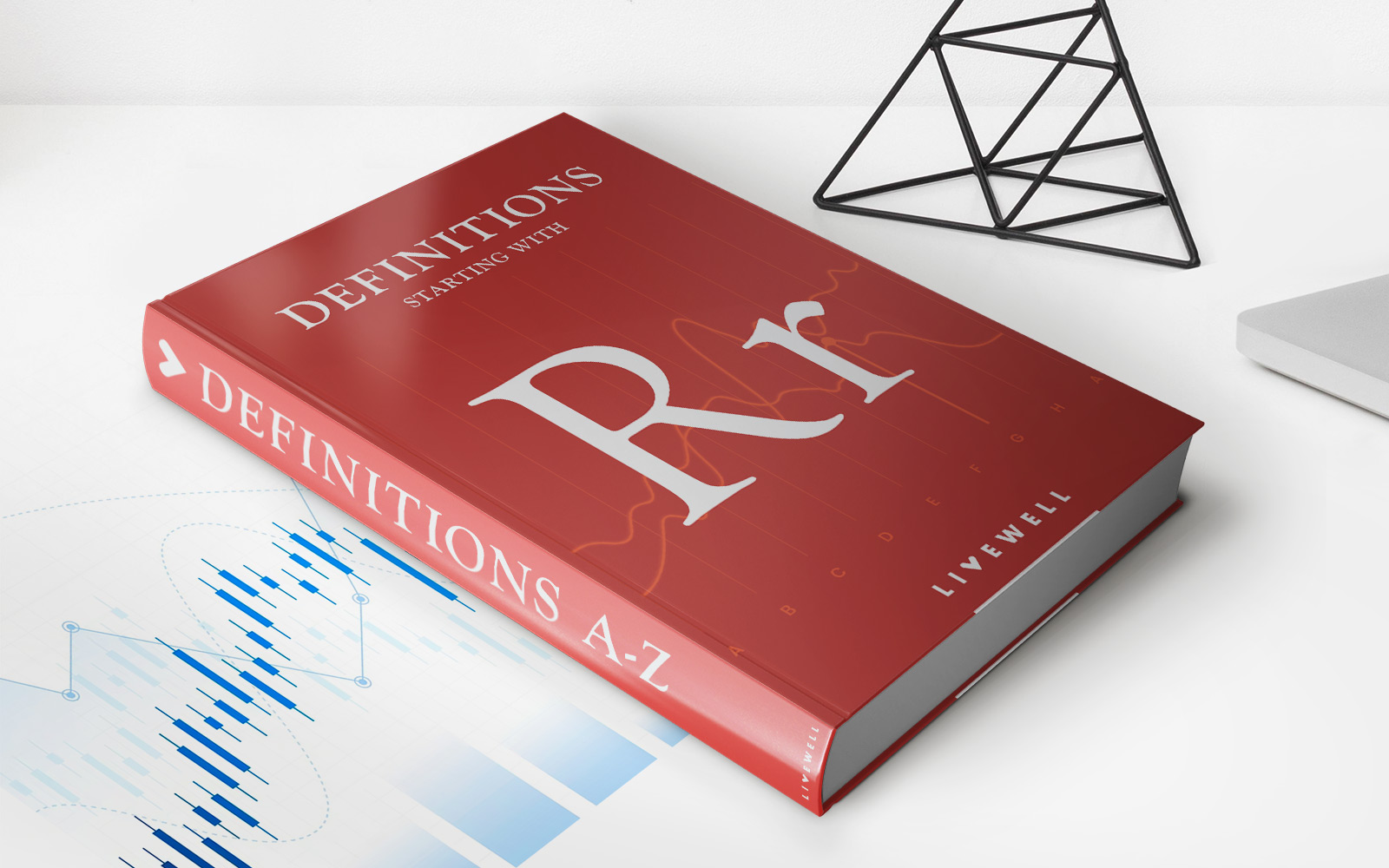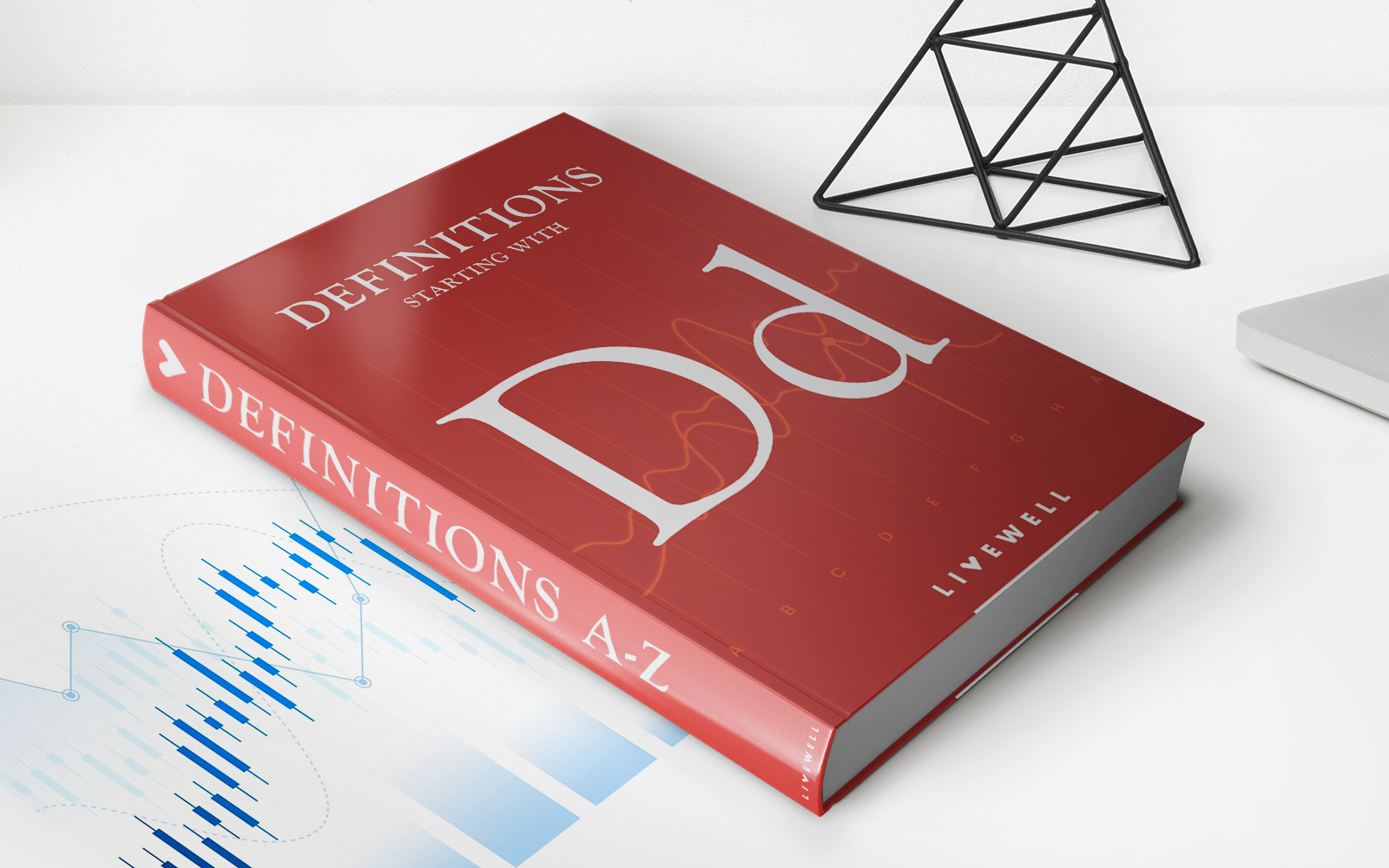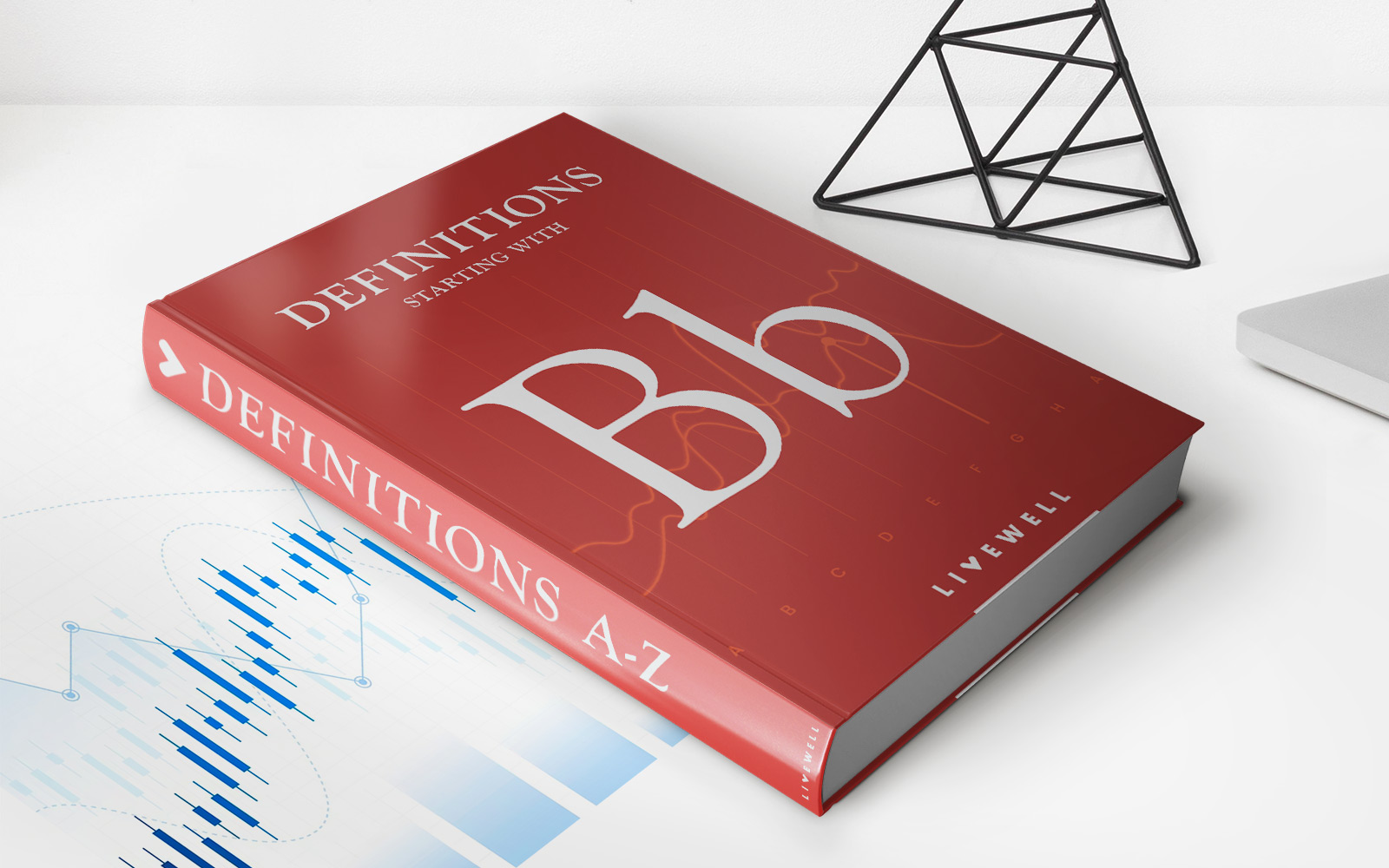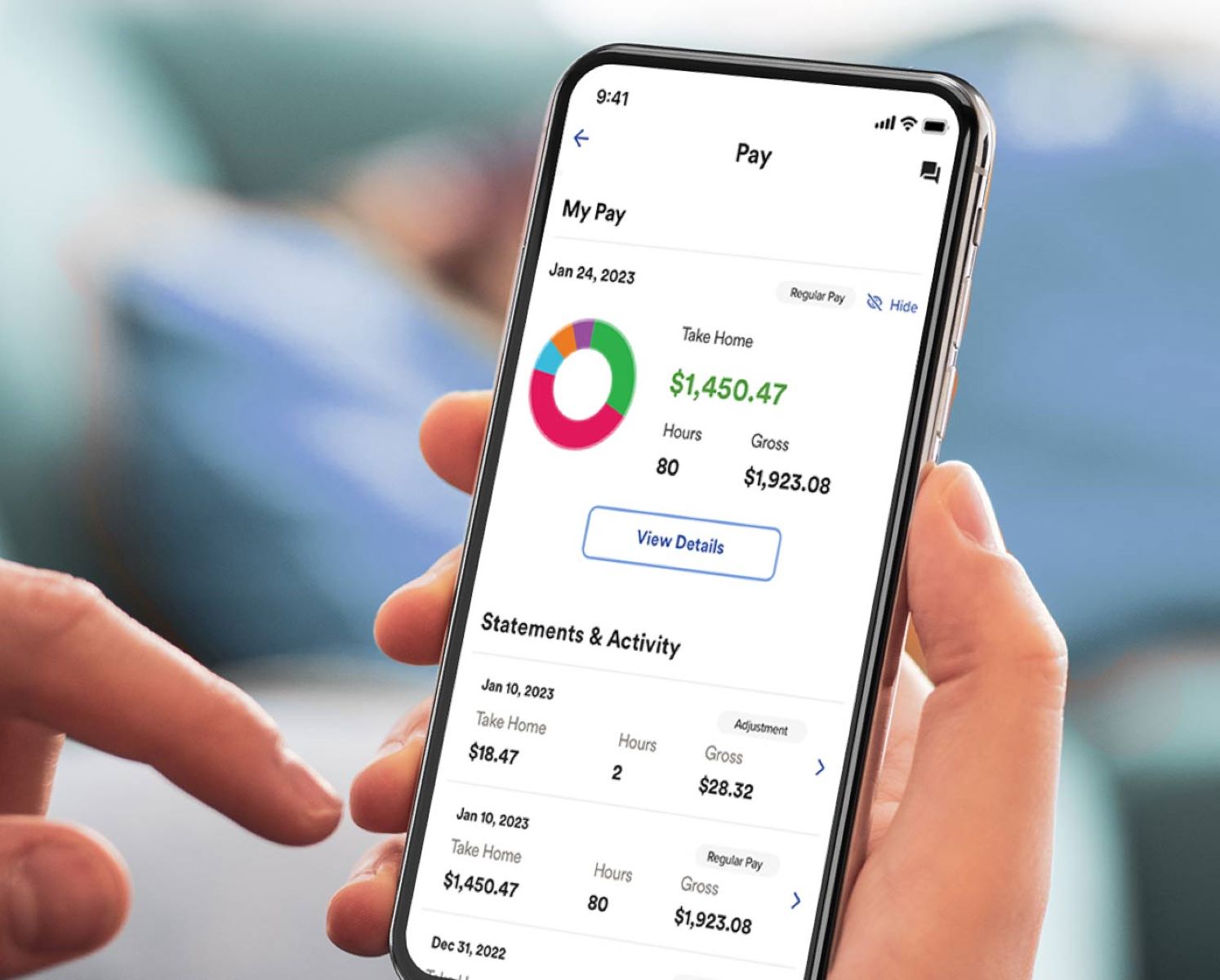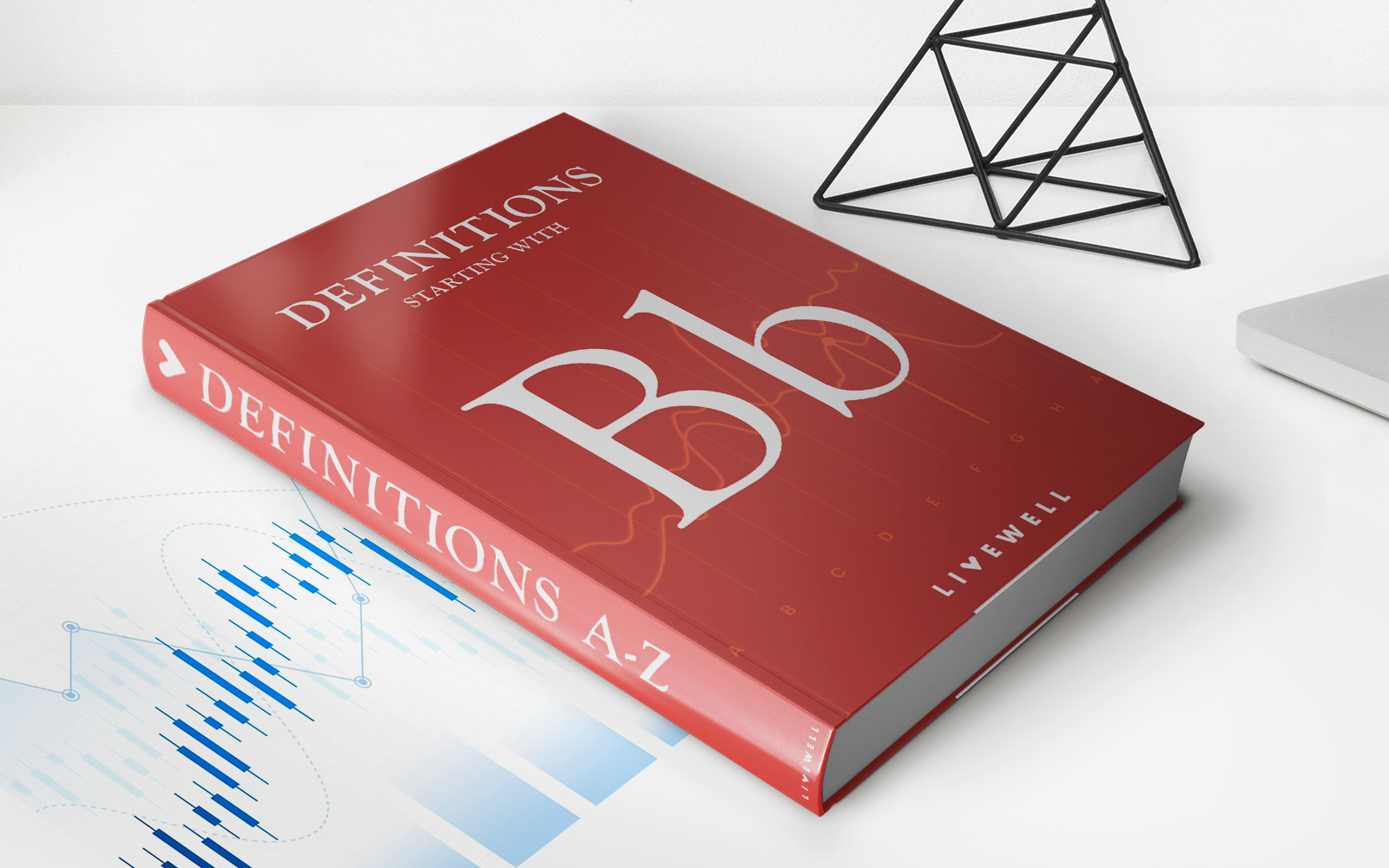

Finance
Business Economics: Definitions And Types
Published: October 20, 2023
Looking for definitions and types of business economics? Discover key concepts and explore different aspects of finance in our comprehensive guide.
(Many of the links in this article redirect to a specific reviewed product. Your purchase of these products through affiliate links helps to generate commission for LiveWell, at no extra cost. Learn more)
Understanding Business Economics: Definitions and Types
Finance is a vital aspect of running any business successfully. Whether you’re a small start-up or a large multinational corporation, understanding the principles of business economics can help you make informed financial decisions. In this blog post, we will explore the definitions and types of business economics and how they can positively impact your company’s bottom line.
Key Takeaways:
- Business economics is the study of how economic principles can be applied to business decision-making.
- There are three main types of business economics: microeconomics, macroeconomics, and managerial economics.
What is Business Economics?
Business economics, also known as managerial economics, is the application of economic theory and methods to solve practical problems faced by businesses. It utilizes economic principles such as supply and demand, pricing, production costs, and market behavior to analyze and make informed decisions that maximize profitability.
Now, let’s delve into the three main types of business economics:
1. Microeconomics
Microeconomics focuses on the behavior of individual economic units, such as consumers, producers, and markets. It examines the interactions between buyers and sellers and studies how their decisions impact the allocation of resources in a specific market. Understanding microeconomics helps businesses analyze consumer behavior, set pricing strategies, and optimize production levels.
2. Macroeconomics
Macroeconomics takes a broader perspective and studies the behavior of the entire economy. It analyzes factors such as GDP, inflation, unemployment rates, and government policies to gain insights into the overall economic performance of a country or region. Businesses can use macroeconomic data to assess market trends, assess the impact of fiscal and monetary policies on their operations, and make strategic decisions accordingly.
3. Managerial Economics
Managerial economics focuses specifically on applying economic theory and analysis to solve business problems and support decision-making within a company. It bridges the gap between economic theory and real-world business applications. Managerial economists help businesses make optimal choices in areas such as pricing, resource allocation, investment decisions, and forecasting future market conditions.
By leveraging the principles of business economics, companies can make informed financial decisions that lead to better resource allocation, improved operational efficiency, and increased profitability. Whether it’s analyzing consumer behavior, assessing market trends, or optimizing production levels, a strong understanding of business economics is crucial for long-term success in the competitive business landscape.
In conclusion, business economics is a powerful tool that can help companies navigate the complex world of finance. By incorporating the principles of microeconomics, macroeconomics, and managerial economics, businesses can make strategic decisions that maximize profitability and stay ahead of the competition.
